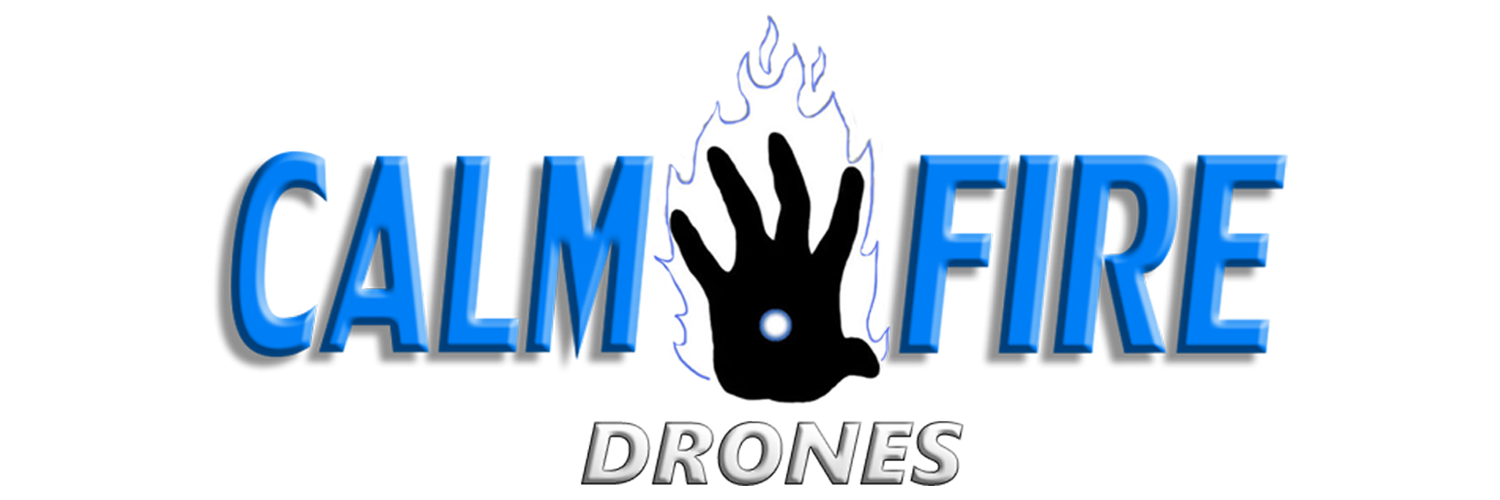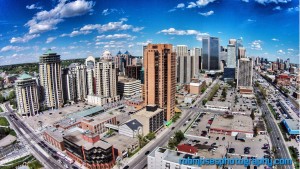Drone aerial photography is fun, even when being used professionally. It is a marvelous toy! You will need line-of-sight to get started flying, so start small by learning in your own yard how to get the altitude that you want, maneuvering multiple angles and positions, and snapping photos or videoing in different light settings. These unmanned aerial systems have unlimited potential. After you have successfully acquired the skill of operating it, this aerial photography drone can be used for practically everything – from sidewalk skating and sea surfing to fashion festivals, outdoor concerts, and filming celebrities on the Red Carpet or anything in between! You can also photograph some of nature’s most exquisite scenes and beautiful yet dangerous animals from relative safety. Whales, dolphins, and even sharks can be the object of many of your pictures because the drone can easily fly close to the water’s surface without interfering with the subject.
Business Uses
When you first begin using your new flying camera, you may want to initiate a business to pay for its cost. There is insurance designed to cover this drone aerial photography business. This budding new business can be one that takes photos of commercial property, or photos of homes-for-sale for realtors. It can also be a business that takes photos for car dealerships, newly constructed structures or other advertising possibilities. Other ideas for images for a business include: • Layout of farms, • Insurance claims, • Natural disaster areas, • Coverage for news outlets, • Hard-to-get-to mountainous/coastal areas, • Crowd control at sporting events. The FAA – Federal Aviation Administration – has listed rules for the owners/operators of these small non-traditional aircraft. The FAA is not very inclined to allow drone use commercially because of the imminent concern of potential interference with conventional aircraft. This risk can be downsized, or even eliminated altogether, with proper training, careful monitoring, and adherence to strict regulation.
Some Neat Features
Photography drones today can be equipped with a GPS-Global Positioning System. Most are made from a carbon fibre construction. This material is lighter weight yet extremely durable. It can also make for easier transport to the desired picture-taking location. The carbon fibre construction makes the camera platform more stable so better photos and videos are taken. Most of today’s drones are supplied with a Failsafe return-to-home function. This enables the aircraft to return to home and also land if contact with the remote controller is lost. The battery time can be anywhere from less than 10 minutes to up to 30 minutes. When the battery is getting low, the drone can be brought down, the battery changed, and the flight resumed from the exact spot where it was before, all in a matter of minutes.
There are different versions of the drone aircraft. The quadcopter is the most popular. It has 4 motors and propellers. In addition to this, it is powerful so it can carry more weight (such as more accessories), and is easy to repair. The quadcopter is inexpensive in cost. All of these qualities make this photography drone the ideal one for beginners and hobbyists. The next step up from the quadcopter is the hexacopter. It has 6 motors and propellers. This drone contains all of the same advantages as the quadcopter, but with even more possibilities. It can reach higher speeds, higher elevations, has greater control, and is more powerful because of the 2 extra motors. If 1 (or sometimes even 2) motors fail, the aircraft can still operate without crashing. However the hexacopter being larger in size than the quadcopter, it cannot fit into a tighter space than its predecessor. Furthermore, it is a more expensive option than the quadcopter. The octocopter is the best drone yet. It is equipped with 8 motors and propellers. This aircraft exhibits all of the same benefits as the first two drones, but with even more capabilities. The octocopter is faster and more agile, even more powerful, and can reach remarkably higher elevations. It can lose 2 or 3 motors and still not crash. If you are placing a very expensive camera on a drone, the octocopter is the one you want. It has only a few drawbacks including its larger size and it’s much less battery life.
Drone Quality
Using drones for photography today can be virtually worry-free because of their dependable electric motors and their secure unfailing radios. This was not always the case. Even though dependence on aerial photography was first recorded over a century ago by adapting a balloon on a rope, it has gained popularity widely in the last ten years. With this popularity, the flying camera drone has undergone improvements. These have caused it to gain a deeper reliability and higher qualities in both the camera (clearer, higher resolution pictures) and the drone itself (virtually no problems with winds).
The technology of utilizing drones for aerial photography can be cheaper that the method of utilizing manned aircraft for this same purpose. The owner/operator of a drone can also be more creative than a manned aircraft. With a drone, angles are more easily assessed making a better, more awe-inspiring picture.
Privacy for property owners can be an issue. The operator of a photography drone must always get permission from the rightful proprietor of that land before even flying over it, let alone taking pictures on that property.
With the proper permission and observing all of the safety measures for operating a photography drone, the experience of being able to take, have, and sell such great photos is the best of the benefits!


